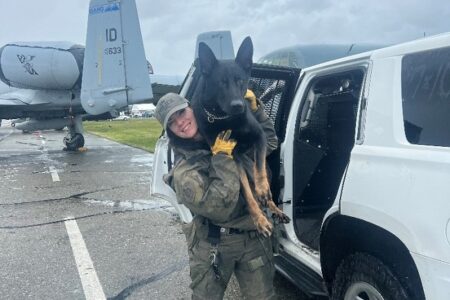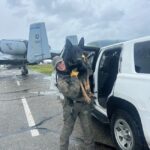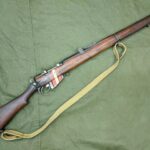Lack of snowpack causes Southeast Fire Centre to caution public with outdoor burns
The month on the calendar may say March but that hasn’t stopped the Southeast Fire Centre from issuing a public warning to exercise caution with any outdoor burning activities, due to the warmer and dryer winter.
“The worry right now is “person caused” fires due to grass burning or the of burning piles,” Jordan Turner, Fire Information Officer for the Southeast Fire Centre, told The Nelson Daily Sunday.
“Because of the time of year right now there’s a lot of dead grass and not a lot of new growth has come up in the forest and surrounding areas.”
Turner said what little snow accumulation the Southeast Fire Centre received has melted; leaving dried grass from last summer is uncovered.
That material can be highly flammable.
He said almost all wildfires at this time of the year are caused by people and are therefore preventable.
“In a normal year, for grass fires we’d issue a release around April,” Turner explained.
“A lot of it has to do with the snow-free areas that our Fire Centre is receiving right now.
“Usually at this time of year there’s a lot more snow pack. With that snow it Turner said the lack of snow doesn’t mean the region is in for a long fire season.
There is still plenty of time for Mother Nature to soak the mountains in the Kootenay/Columbia region.
“Right now as far as the fire season out main concern is how much rain get in the spring,” Turner said.
“Rains in June and July really let us know how busy it will be through the main part of the fire season — mid July through August.”
So the public is advise when burning to follow these tips and industry personnel are encouraged to consult the B.C. FireSmart manual:
- Ensure that enough people, water and tools are on hand to control the fire and prevent it from escaping.
- Do not burn during windy conditions. Weather conditions can change quickly and the wind may carry embers to other combustible material and start new fires.
- Create a fireguard at least one metre around the planned fire site by clearing away twigs, grass, leaves and other combustible material.
- If you are planning a large burn, consider conducting smaller burns around the perimeter beforehand to create a fuel break and help stop the fire from spreading beyond its intended size. Each of these fires should be kept small and must be completely extinguished before starting a new fire.
- Never leave a fire unattended.
- Make sure that your fire is completely extinguished and the ashes are cold to the touch before you leave the area for any length of time.
- Winds in this region tend to be calm in the morning but increase in the afternoon and evenings, which can lead to quickly spreading grass fires.
The Southeast Fire Centre encompasses the area extending from the United States border in the south to Mica Dam in the north, and from the Okanagan Highlands or Monashee Mountains in the west to the B.C.-Alberta border in the east. The Southeast Fire Centre includes the Selkirk and Rocky Mountain resource districts.
“The concern right now when we get a nice weekend and it gets warmer, a lot of people take the opportunity to burn piles or grass fields around their property,” Turner said.
“These should remember that because it’s still early March and a lot of the areas haven’t had time to renew yet. And with a lot of dead grass, fires can spread very, very quickly.”


























Comments